Borrow My Hope: We Need Macro-Level Change for Suicide Prevention
When it comes to a lot of societal issues, there’s a micro, personal level, and then there’s a macro level. With suicide, it’s no different.
There’s definitely a personal level with suicide. We see it so many times when people struggle with their individual challenges, whether it be depression, anxiety, interpersonal conflict, or a whole host of issues.
At the same time, it’s impossible to ignore the macro-level of suicide and suicide prevention.
By macro-level, I’m talking about issues that no one person can change on their own, but if collective action is taken, then things can dramatically improve. One example of this is housing access. Past research has shown a strong negative relationship between housing stability and suicide deaths, according to a 2017 research article. This means that as housing stability increases, the risk of suicide deaths decreases. Or as housing access becomes unstable, then suicide deaths increase.
This has tragically played out in the real world. According to Bloomberg CityLab, suicide deaths due to evictions and foreclosures doubled due to the housing crisis in the U.S. between 2005 and 2010.
Another macro-issue you might not associate with suicide is the minimum wage. “Between 1990 and 2015, raising the minimum wage by $1 in each state might have saved more than 27,000 lives,” according to NPR, based on a 2020 study published in the Journal of Epidemiology & Community Health. The study also mentioned that had the federal minimum wage been just $2 higher in 2009 during the peak of Great Recession unemployment, some 26,000 suicide deaths could have been prevented.
Racism can also worsen risk of suicide. Researchers in 2020 found that racist discrimination increased capability for suicide among Black adults.
Another aspect of racism related to suicide is that racism can cause us to ignore glaring mental health crises. For instance, did you know that the suicide death rate among Black American girls ages 13-19 rose 182% from 2001 to 2017? Writing in TIME magazine, Kyra Aurelia Alessandrini described this as a crisis “hiding in plain sight.”
Of course, these aren’t the only macro-level issues worsening suicide.
What needs to happen is collective action to impact the big picture of mental health. This will be the farthest thing from easy.
But hope is possible. Dr. Amy Green, director of research at The Trevor Project, noted in 2020 that greater societal support and acceptance of transgender and nonbinary youth “dramatically lower[ed] rates of attempting suicide” in these groups, according to an interview in Forbes.
If we as Americans want to be serious about preventing suicide, we need to realize that systemic action is the way to end systemic problems. That will require courage and perseverance, but I firmly believe that change is possible.
Your donation will support the student journalists of Washburn University. Your contribution will allow us to purchase equipment and cover our annual website hosting costs.



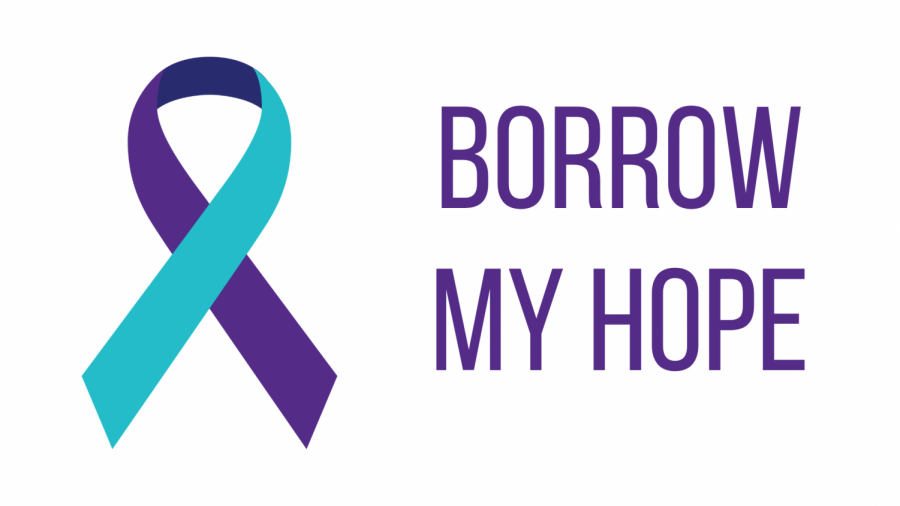
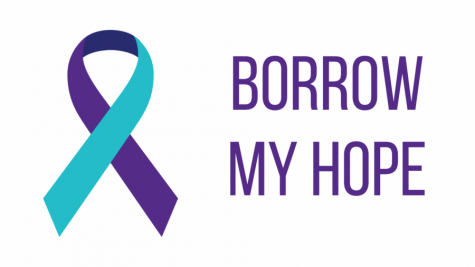
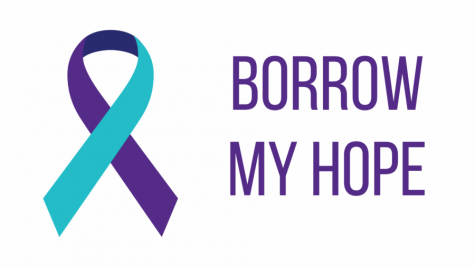
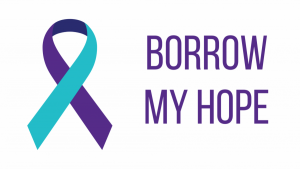
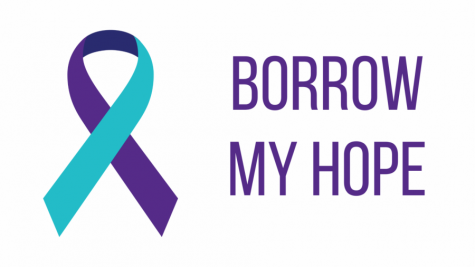
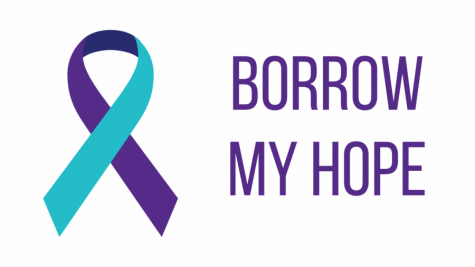





Loving Mother • Nov 11, 2021 at 2:43 pm
I absolutely agree. I lost my 21 year young #daughter to suicide on 08/18/20. #Suicide is definitely not a positive way out of any thing; leaves a lifetime of #suffering for your family as well.